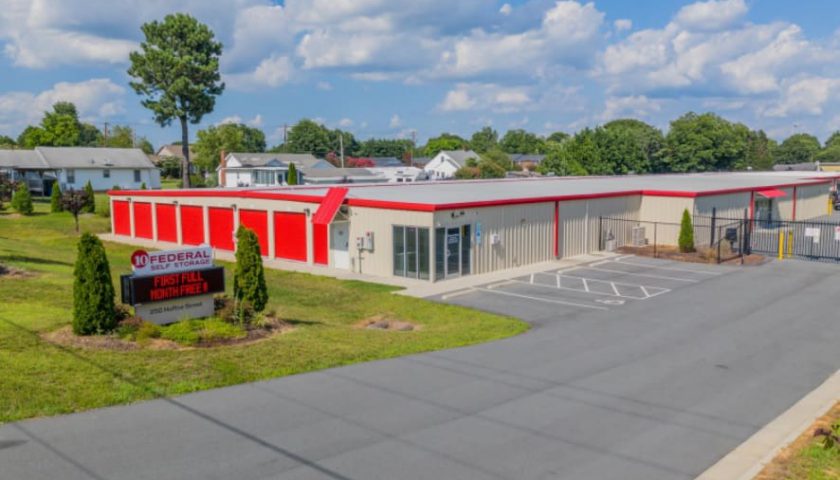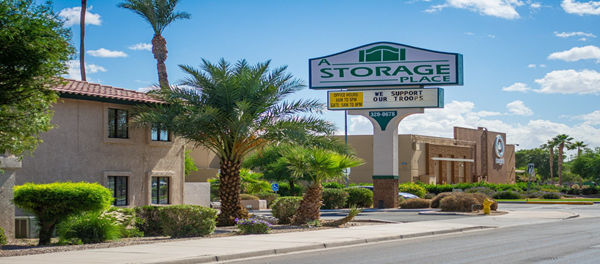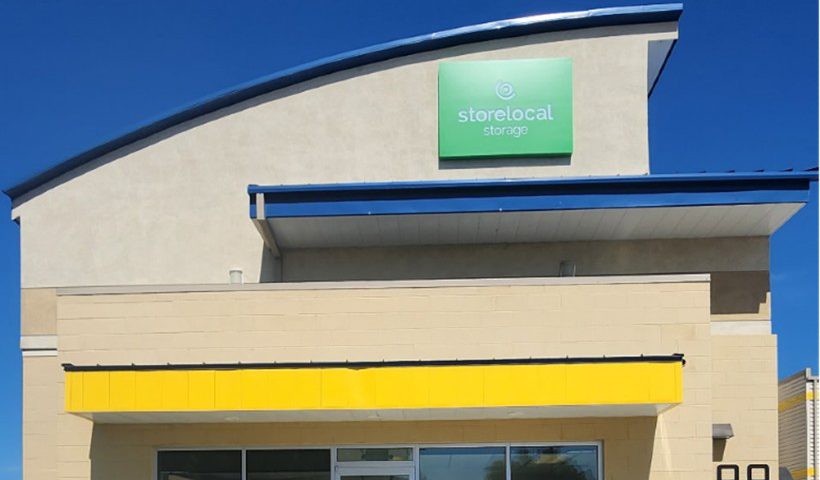In order to protect from runaway interest rate risk, lenders often require borrowers to purchase interest rate caps at the time of loan origination to set the maximum interest rate that can be charged on variable rate loans. These caps have historically been at a moderate cost and seldomly triggered, as rates had not trended up in some time. But that changed in the first half of 2022, as interest rates increased dramatically and expectations are for this development to continue for the foreseeable future. As a result, the cost of interest rate caps have skyrocketed, as has the likelihood that they will be triggered.
Borrowers are handling this development by favoring fixed-rate loan offerings, but that is not an option for all transactions. For those limited to variable rate loan products, borrowers are having to pay up for the cost of this insurance. To be sure, there is real value in the protection and those who have purchased the caps recently are sure glad they did.
One of the ways to minimize the cost of the caps is to negotiate a “step-up” strike rate to allow the borrower to benefit from underwritten NOI growth. In these turbulent times, it is best to work with seasoned professionals to ensure your transaction is designed, packaged, evaluated and priced appropriately. This will allow prudent owners to continue to execute transactions despite the unsettling interest rate environment. By fixing the maximum interest rate of your loan, you will be able to sleep at night knowing your interest rate risk is contained and under control. And, if you use an interest rate cap, you will be able to benefit if variable interest rates come in lower than expected.
Drew Sikula
The BSC Group





